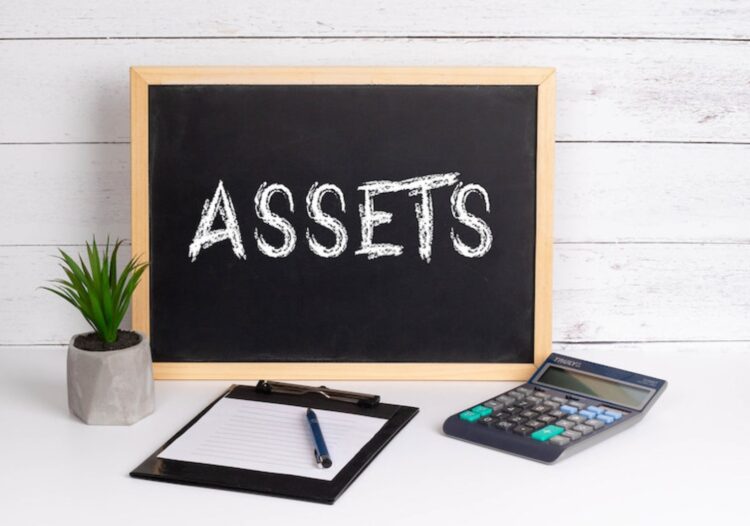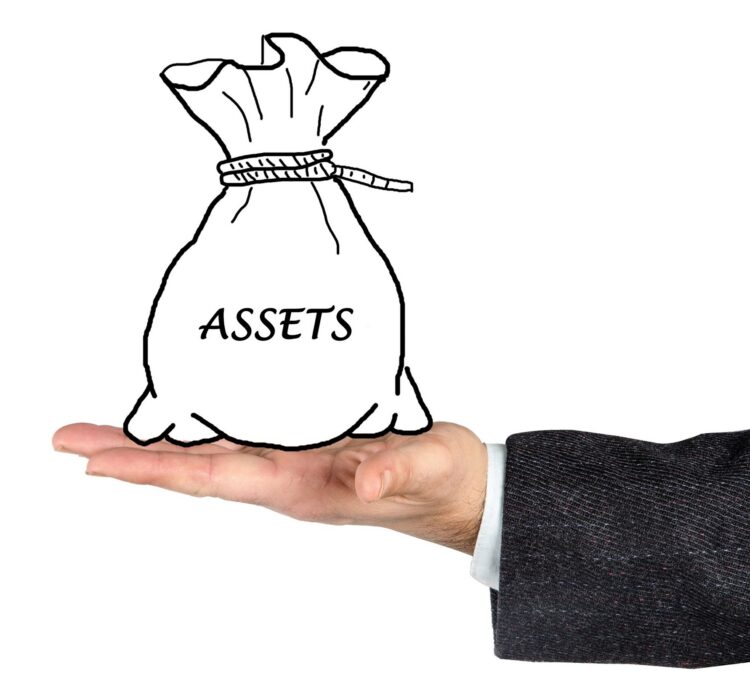
When people think of assets, what generally comes to mind are houses, cars, cash, and jewelry. While this may be true in part, assets are not only tangible possessions as it can also take the form of non-physical substances that have long-term wealth.
Personal assets have an inherent value that tracking and understanding its types won’t only provide you an estimate of your net worth but may also compel you to care and protect such assets for yourself and your family.
Asset Types
An asset is anything that has monetary value that an individual possesses and can be converted into cash. Personal assets have current or future value and are owned by an individual or a household.
Those that can be seen or perceived are termed as tangible assets–in the form of houses, cars, cash and currencies, jewelry and precious coins, and even artwork and antiques. On the other hand, those that don’t have a physical presence such as patents, copyright, trademark, and tradenames, franchise or lease agreements, intellectual property, and accounts receivable are classified as intangible assets and have long-term value.
Tangible assets can be further distinguished by their ability to gain or lose value over time. Antiques, jewelry, precious coins, artwork, and real property increase their value throughout the years. On the other hand, vehicles and electronics depreciate the moment it’s used. In business, equipment and machinery are also considered as depreciating assets.
Financial Assets
These have inherent monetary value and are rated based on contractual rights or ownership. These may come in the form of:
- Cash
- Checking and/or savings accounts
- Bonds
- Stocks
- Certificates of Deposit
- Mutual funds
- Retirement accounts
One can accumulate a number of assets in a lifetime as long as it necessitates proper asset planning to manage cash and investments. This entails an inventory of all known assets and formulating a plan to ensure the protection of such assets.
To expound, here are the different types of assets that you may invest in:
1. Cash
Cash refers to the money available for use that can be used to exchange goods and services. Cash can be obtained through the practice of a profession or the operation of a business. Cash on hand is often called “petty cash.”

2. Checking/Savings Account
A checking account is a type of bank account that allows a person to deposit money to maintain a balance, and afterward withdraw money by writing a check. A savings bank account also allows one to keep money in the bank and earn interest.
Funds can be withdrawn from a savings account through over-the-counter, ATM machines, and through fund transfers.
3. Bonds
A bond is similar to an IOU in the sense that the borrower agrees to pay interest until it reaches an agreed-upon date. A bond or equity is issued by large corporations, cities, and national governments to fund short-term projects. The lender is called the bond holder and will indicate how much money is borrowed, the attached interest, and the bond’s maturity date. Once the bond matures, the principal amount is returned.
There are several types of bonds that vary based on who uses them, the length until maturity, interest rate, and risk involved.
U.S. Treasury bills are short-term bonds that pay minimal interest. Longer-term treasury bonds, such as the 10-year note, produces higher yields, while TIPS (Treasury Inflation-Protected Security) bonds protect against inflation.
Cities and localities also issue bonds, which are called municipal bonds. Companies that issue corporate bonds are riskier than government bonds but a subtype called junk bonds pays higher interests.
Bonds can be profitable investments as it allows one to earn additional income through interest payments. Waiting until the bond reaches maturity date allows one to receive the principal in full while reselling the bond can give you additional income. A downside of bonds is that it has lower returns than stocks and the bond yields can decrease.

4. Stocks
Stock or equity is a form of security that represents a portion of ownership in a corporation. A unit of stock is called a ‘share’ and the number of shares owned determines how much claim the owner has on the company. Owning stocks is a good investment because it can result in dividends if the company profits or it can result in reinvestment that increases earnings.
There are two types of stocks: common and preferred. Common stocks endow its owner with the power to vote in shareholders’ meetings and to receive dividends. On the other hand, preferred stockholders don’t have the same privilege but have higher claims on the assets and profit of the corporation. In certain companies, preferred stockholders are given preference in the distribution of dividends.
Investing in stocks has definite advantages. Stocks have higher returns over bonds and shareholders may benefit once the stock’s price increases. There’s also an opportunity to gain dividends that can be reinvested to the company to increase one’s shares.
5. Certificate of Deposit (CD)
A certificate of deposit (CD) allows an investor to deposit money in a bank for a designated time period with a guaranteed interest rate. The interest rates are paid monthly. CDs often span between three months to five years.

6. Mutual Funds
Mutual funds are a combination of securities (bonds and stocks) incorporated into a single unit or share. Income from a mutual fund is derived from a pay-out issued by the fund from all the earnings gained from both stocks and bonds.
As in the case of stocks, mutual fund shareholders also have the option to reinvest earnings and sell mutual fund shares in the market.
7. Retirement Accounts
Retirement accounts allow one to save money in preparation for one’s retirement. Depending on how you are employed, typical retirement accounts include employer-sponsored retirement plans, such as the 401(k), an Individual Retirement Account (IRA), or plans designed for small business owners or self-employed.
While these vary in the amount of contribution, the main goal of a retirement account is to ensure that one can live a comfortable life during retirement.

Current Versus Long-Term Assets
The above-mentioned financial assets can be divided as current and long-term assets based on the ease of how these can be converted to cash. Assets that can be converted within a year such as cash, savings, and checking account, stocks, bonds, and mutual bonds are included as current assets. Long-term assets are not as easily converted to cash compared to current assets. Examples of long-term assets include insurance policies and annuities with cash value.
Wise asset management entails that incomes and profits grow in time to increase net worth and, at the same time, have a prepared plan to guard assets against possible financial troubles in the future.












